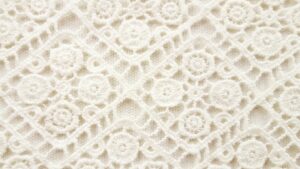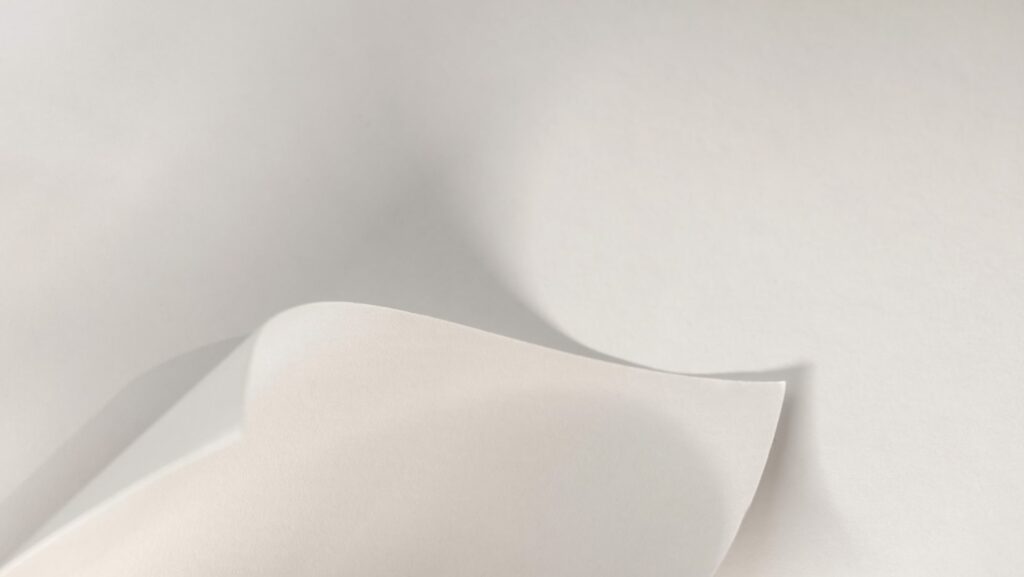In the ever-evolving world of design, the color off white has emerged as a subtle yet powerful player. Straddling the line between stark white and warmer tones, off white brings a soft, versatile backdrop to any space. It’s not just a color but a reflection of contemporary minimalism that appeals to those who seek simplicity with a touch of warmth.
Overview of Off White
Off White represents a sophisticated choice in the design landscape, combining the purity of white with the warmth of beige to create a versatile and timeless hue. Its role in contemporary design is pivotal, as it offers an elegant alternative to pure white, which can often appear too stark.
The Significance of Off White in Design
 Off White plays a crucial role in modern design by facilitating a neutral yet inviting environment. Designers frequently select this color to establish a serene and calming atmosphere in interior spaces. Unlike pure white, Off White does not dominate a space but provides a subtle depth and warmth that enhances design elements without overpowering them. It’s particularly effective in spaces that aim for a minimalist aesthetic but require a touch of warmth to prevent the decor from feeling too cold or impersonal. This color’s versatility also makes it ideal for pairing with a wide range of other colors, from bold and bright to soft and subdued, enhancing its utility in diverse design settings.
Off White plays a crucial role in modern design by facilitating a neutral yet inviting environment. Designers frequently select this color to establish a serene and calming atmosphere in interior spaces. Unlike pure white, Off White does not dominate a space but provides a subtle depth and warmth that enhances design elements without overpowering them. It’s particularly effective in spaces that aim for a minimalist aesthetic but require a touch of warmth to prevent the decor from feeling too cold or impersonal. This color’s versatility also makes it ideal for pairing with a wide range of other colors, from bold and bright to soft and subdued, enhancing its utility in diverse design settings.
Key Features and Specifications
In the realm of design, the color off white is not only appreciated for its aesthetic versatility but also for its specific features that cater to both functionality and style. This section delves into the performance and reliability alongside the aesthetic and style elements of off white.
Performance and Reliability
 Off white stands out as a highly reliable choice for various applications due to its inherent qualities. This color’s composition does not fade easily, maintaining its hue over long periods even when exposed to elements such as sunlight and moisture. It’s also remarkably stain-resistant, making it ideal for high-traffic areas in homes and commercial spaces. These features ensure that surfaces painted in off white require less frequent touch-ups, thereby reducing maintenance costs and effort.
Off white stands out as a highly reliable choice for various applications due to its inherent qualities. This color’s composition does not fade easily, maintaining its hue over long periods even when exposed to elements such as sunlight and moisture. It’s also remarkably stain-resistant, making it ideal for high-traffic areas in homes and commercial spaces. These features ensure that surfaces painted in off white require less frequent touch-ups, thereby reducing maintenance costs and effort.
Aesthetic and Style Elements
The aesthetic appeal of off white lies in its soft neutrality, which allows it to act as a foundation that supports a wide array of design themes and color schemes. From contemporary to rustic styles, off white complements and enhances. Its ability to reflect light gently enriches spaces, creating an illusion of expanded space and fostering a bright and airy atmosphere. Designers often utilize this color to craft a subtle contrast or to soften more vibrant hues, thus achieving balance and visual harmony in interior spaces.
Comparison With Other Products
Similar Products in the Market
 Off white exists in a competitive landscape filled with various neutral tones that also aim to offer design flexibility and durability. Products like eggshell, cream, and light gray are the most common alternatives. These colors share a similar purpose of providing a subtle backdrop for various design elements, similar to off white. For instance, Benjamin Moore’s “Albescent” offers a creamy hue that is comparable, yet it doesn’t capture the same modern appeal that off white offers. Sherwin-Williams’ “Alabaster” is another light tone but leans more towards a pristine white, lacking the depth of beige found in off white.
Off white exists in a competitive landscape filled with various neutral tones that also aim to offer design flexibility and durability. Products like eggshell, cream, and light gray are the most common alternatives. These colors share a similar purpose of providing a subtle backdrop for various design elements, similar to off white. For instance, Benjamin Moore’s “Albescent” offers a creamy hue that is comparable, yet it doesn’t capture the same modern appeal that off white offers. Sherwin-Williams’ “Alabaster” is another light tone but leans more towards a pristine white, lacking the depth of beige found in off white.
Advantages Over Competitors
 Off white edges out its competitors with several key benefits. Firstly, its unique blend of white and beige imbues it with greater warmth than more stark whites like “Pure White” by Sherwin-Williams, which can sometimes appear too clinical in living spaces. Additionally, off white is extremely effective at hiding imperfections owing to its slight color depth, making it a better choice for high-traffic areas compared to lighter shades that might show more wear and tear. It also pairs seamlessly with both warm and cool tones, making it exceedingly versatile in interior design applications. This adaptability is a significant advantage, allowing designers and homeowners to use off white in a multitude of settings without clashing with other design elements.
Off white edges out its competitors with several key benefits. Firstly, its unique blend of white and beige imbues it with greater warmth than more stark whites like “Pure White” by Sherwin-Williams, which can sometimes appear too clinical in living spaces. Additionally, off white is extremely effective at hiding imperfections owing to its slight color depth, making it a better choice for high-traffic areas compared to lighter shades that might show more wear and tear. It also pairs seamlessly with both warm and cool tones, making it exceedingly versatile in interior design applications. This adaptability is a significant advantage, allowing designers and homeowners to use off white in a multitude of settings without clashing with other design elements.

